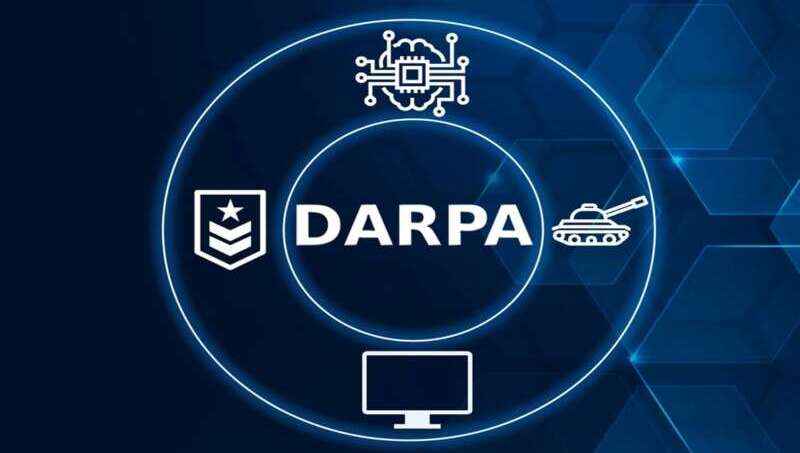
The Defense Advanced Research Projects Agency (DARPA) is pushing the boundaries of quantum sensing technology, seeking to rapidly transform quantum sensing from a scientific curiosity into a game-changing, field-ready capability for modern threat detection.
According to Rob McHenry, deputy director of DARPA, the agency’s Strategic Technologies Office (STO) is advancing sensing methods to counter the growing stealth capabilities of U.S. adversaries by creating integrated sensor networks across all domains, leaving adversaries with, as McHenry put it, “nowhere left to hide.”
Central to this effort is the emerging field of quantum sensing. Once primarily the domain of scientific research, quantum-based sensors are now being engineered into deployable systems.
“We’ve had a lock on stealth technology for quite a while now,” McHenry said during a Mitchell Institute for Aerospace Studies webinar on June 25. “But right now in the agency we’re transitioning from the era of quantum sensing as a science to quantum sensing as an engineering discipline that we can deploy in real-world situations and platforms.”
These next-generation quantum sensors are not only compact – some are just a few cubic centimeters in size – but also extremely sensitive. McHenry noted that such devices could detect even a milliwatt of emitted energy, enabling engagement at levels of detection previously thought impractical.
According to McHenry, these advancements are being developed not only to defend against adversaries exploiting stealth, but also to enhance U.S. capabilities to “track things virtually anywhere, anytime.”
“The ability to do that in small, lightweight form factors is going to be fundamentally different than anything we’ve had before,” McHenry said. “We are about to see this wave of massive changes.”
